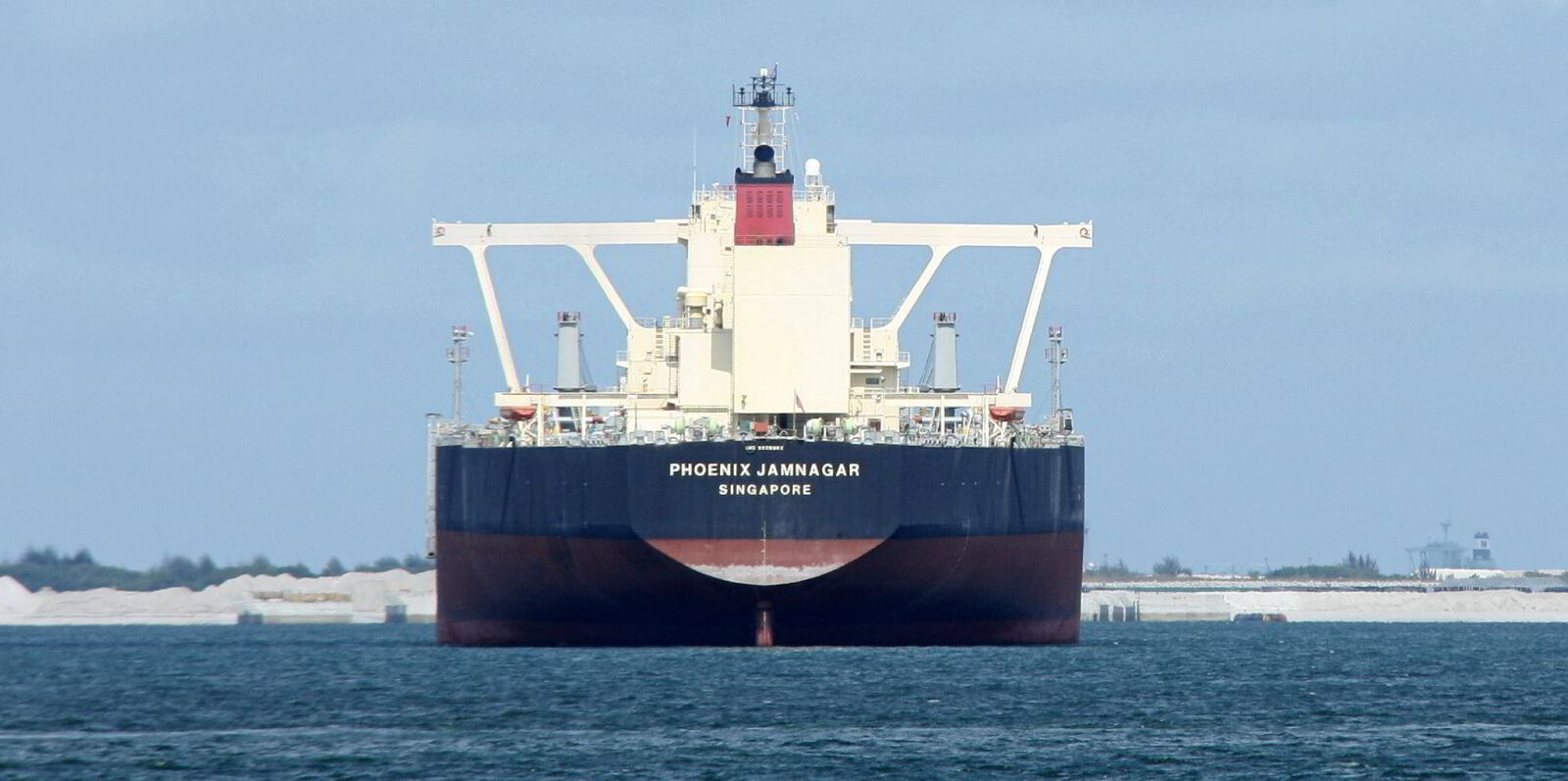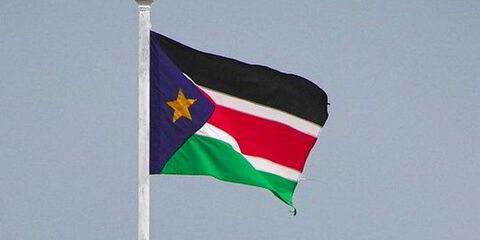Shipowners may be responding to tanking VLCC spot rates by slowing vessels during ballast legs, Greece’s Signal Group says.
The chartering platform’s data shows a clear correlation between falling rates and lower speeds over the past few weeks.
Ballast speeds have declined from more than 12 knots to just over 11 knots now, the company calculates.
Middle East Gulf to China rates have plunged 50% in a month to $26,500 per day.
“Since mid-May, there has been a noticeable strategy among industry players to reduce ballast speeds in the Arabian Gulf, possibly in response to market conditions,” Signal said.
It identified a “subdued sentiment” in the large tanker market as the summer season unfolds.
The number of vessels waiting at the major Saudi Arabian export terminal of Ras Tanura has increased to nearly 80 approaching the end of the month.
This is 10 more than the previous week and 20 above the annual average.
But the growth in dirty cargo tonne-days shows no signs of strengthening, according to Signal.
“Against the backdrop of a declining freight market, VLCC ballast speeds in the Arabian Gulf have decreased, indicating a cautious approach among operators,” it said.
“Looking ahead to the month’s end, market projections suggest a continuation of this trend, with supply dynamics playing a pivotal role in shaping crude oil freight rates.”
Focus on China
The company believes the economic performance of China, a key player in global oil demand, remains under scrutiny.
Weak signals from the Chinese economy have contributed to concerns about oil demand, exacerbated by a decline in China’s crude imports in the first five months of 2024 compared with last year.
“This trend underscores broader economic challenges, including a slowdown in sectors such as real estate, construction and automobiles, which are crucial drivers of oil consumption,” Signal said.
It also noted a particular decline in cross-Mediterranean aframax earnings, down 26% in a month, “reflecting broader market dynamics influenced by factors such as fluctuating demand, geopolitical developments and global economic conditions”.
The suezmax count in West African ports has remained above 60 for the second consecutive week, up eight vessels from previously.





